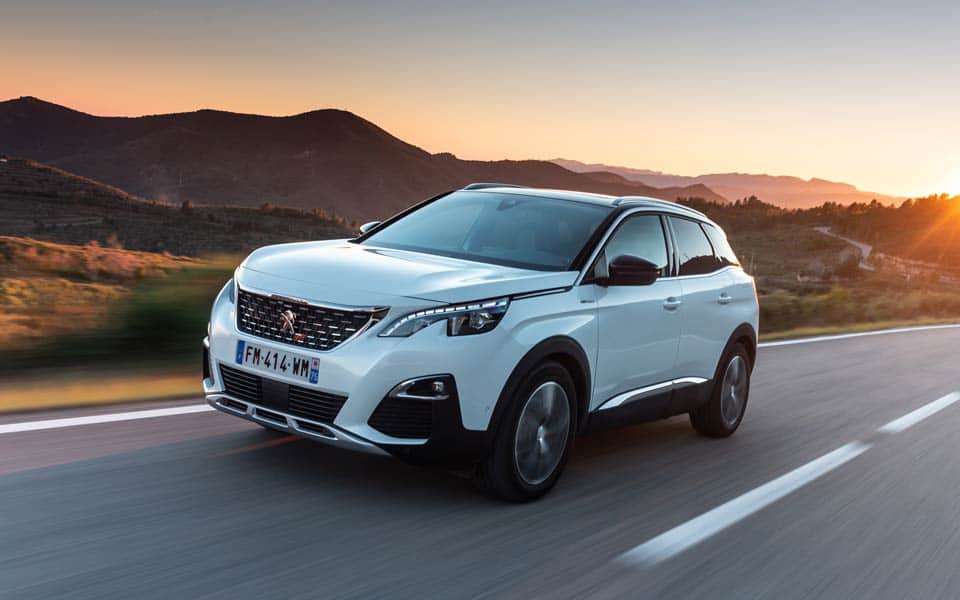When it comes to buying a new car in Australia, research shows that SUVs are by far the most popular choice, with nearly 40% of prospective car buyers claiming they plan to spend their money on something with (usually) four-wheel drive, but at least something with an elevated driving position.
With this being Australia, the Japanese brands share much of the main bulk of sales, but foreign imports do their best to disrupt the oligopoly. But while the majority of buyers, we imagine, will look for the best model out there, perhaps the most practical or the one that returns the best fuel economy, it doesn’t necessarily translate to them being cool.
And deep down, we know that in an ideal world, people want to be seen in their car. Who hasn’t looked in the rear-view mirror to see if someone turns their head as we drive past? Just us?
It’s with this in mind that we’ve compiled a list of what we believe, nay, we know are the coolest ‘trucks’ to buy in Australia right now.
In this story…
Best Mid-Size SUV
Mazda CX-5
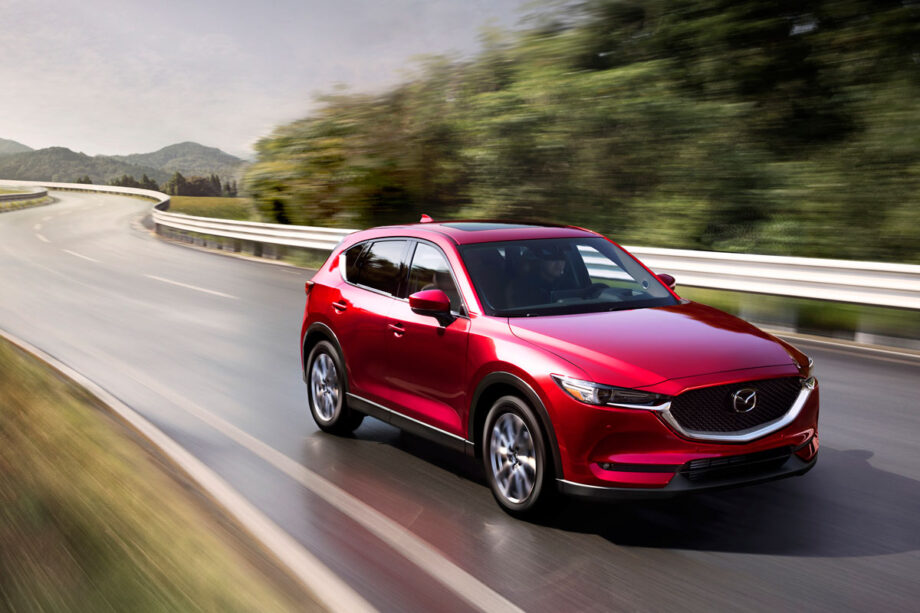
Fuel Economy: 5.7 – 8.2 L/100km
Price: From $33,990 Drive Away
The Mazda CX-5 has become one of the best-selling in Australia since it arrived on our shores in 2012, offering a combination of practicality, performance and competitive pricing. Buyers walking into a Mazda dealership today are now presented with a wide choice of engine and trim level options, with two 2-wheel drive variants and six all-wheel-drive options. Even at the top end of the range, the Akera, with its 2.5-litre turbo petrol engine starts at $52,490, and while it may seem pricey, you get a serious amount of equipment as standard.
But even if you don’t opt for the more powerful engines, the smaller 2.0-litre units still offer plenty of pull to get you around town and on a long road trip, you’re going to want a vehicle of this size. There’s plenty of space inside for a family of four, plus luggage too, as you would come to expect from a mid-size such as this. There really isn’t much to complain about with the CX-5, but it’s worth noting that, unless you do go for the 2.5-litre unit, you’re probably not going to have the most amount of fun, compared to some other SUVs. But for a comfortable school run cruiser, there’s very little in the way of competition.
Pros:
- Fit and finish at a luxury marque standard
- Very easy to use infotainment
Cons:
- Cargo space is surprisingly not great
- Engine and transmission don’t let you have fun
Best Small SUV
Peugeot 3008
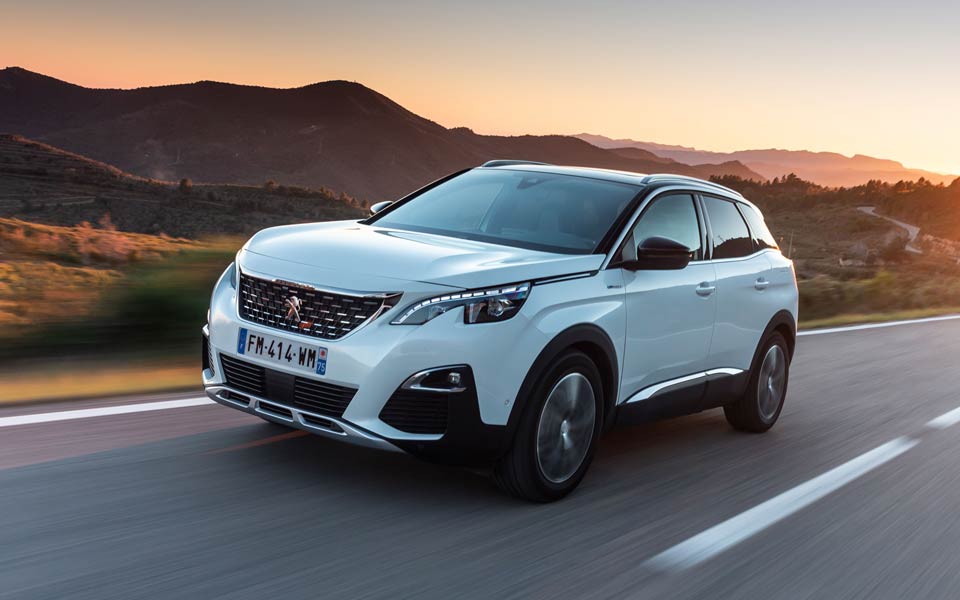
Fuel Economy: 5.6 – 7 L/100km
Price: From AU$47,990 Drive Away
That’s right, a Peugeot. The iconic French carmaker has been on a resurgence of late, giving its entire lineup a complete overhaul to give its cars wholly modern designs, clever technologies and well-thought interior designs to give it a much more appealing look. We think it’s fair to say Peugeot hasn’t always been looked upon favourably, but with its current lineup, we think that needs to change. If you still need convincing, then the 3008 is the model that should sway you.
The 3008 certainly has a presence on the road, but it’s not a brash one that will intimidate other road users. We love the two-tone design Peugeot has given it, with the black roof forcing the eye to believe it’s more compact than it is. Looks aside, it’s what on the inside that sets the 3008 apart, as it’s simply teeming with technology. Dubbed Peugeot i-Cockpit, the 3008 benefits from an 8-inch touchscreen and a fully digital instrument panel, bringing features found on more expensive cars to the affordable sector. The Peugeot looks great, drives great and is simply a cool car to own. Hats off Peugeot.
See our FULL REVIEW of the best small SUVs in Australia here.
Best Large SUV
Volvo XC90
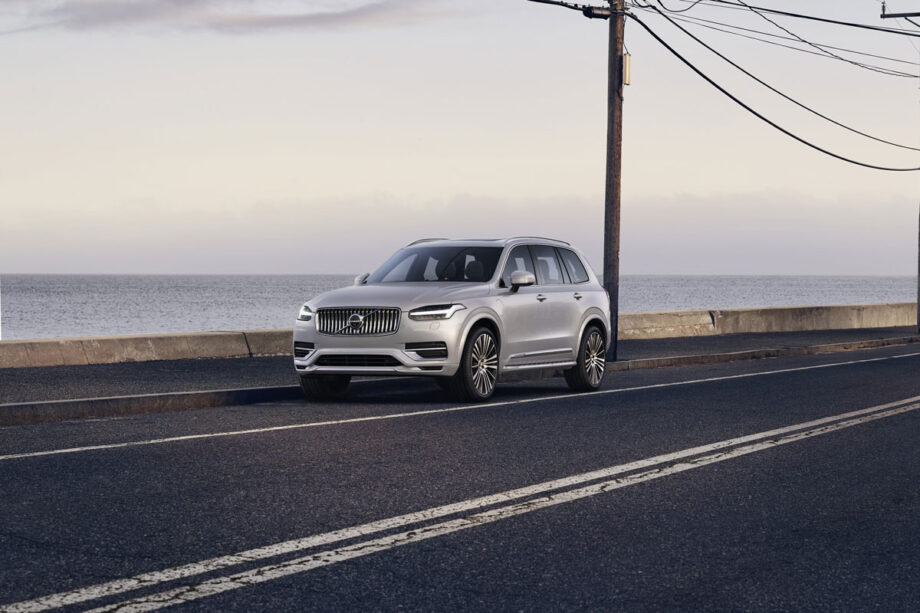
Fuel Economy: 2.3 – 8.2L/100km
Price: From $95,556 Drive Away
Volvo always brings something a little different to the table compared to its rivals, primarily in the design stakes, and for us, the XC90 is one of the best-looking large SUVs on the road. Incorporating typical Scandinavian design inside and out, it’s a real looker from any angle. Volvo was also one of the first car manufacturers to commit to using electric power in all of their vehicles, and with the XC90 you’ll find a range of mild hybrids (which use the electric motor to support the petrol engine) and a plug-in hybrid, which can run on electric power alone for a solid chunk of your journeys.
All XC90 models get a 2.0-litre petrol unit, but the amount of power they produce varies across the range: the minimum is 183kW, but this increases to 235kW in the XC90 Recharge, which gets an additional 65kW from the electric motor on top. Step inside and things continue to impress, with enough space for seven, as the two seats at the very back offer ample legroom. Storage inside is great too, with cupholders galore, small cubby holes for any essentials.
Where the XC90 really shines (along with other cars in Volvo’s repertoire) is safety. The Swedish brand is one of the absolute best when it comes to driver assistance and safety technology, with various hazard detection systems that really come into their own when out on open roads or driving through the bush. If you’ve got a large family, or have the money to spend with a family of four, the Volvo XC90 is an incredibly compelling option.
Pros:
- Stylish interior and exterior
- Great sound & infotainment systems
Cons:
- Electric-only range is unimpressive
- Lacks the sporting pedigree of Volvos of old
Best SUV Under $30,000
MG HS
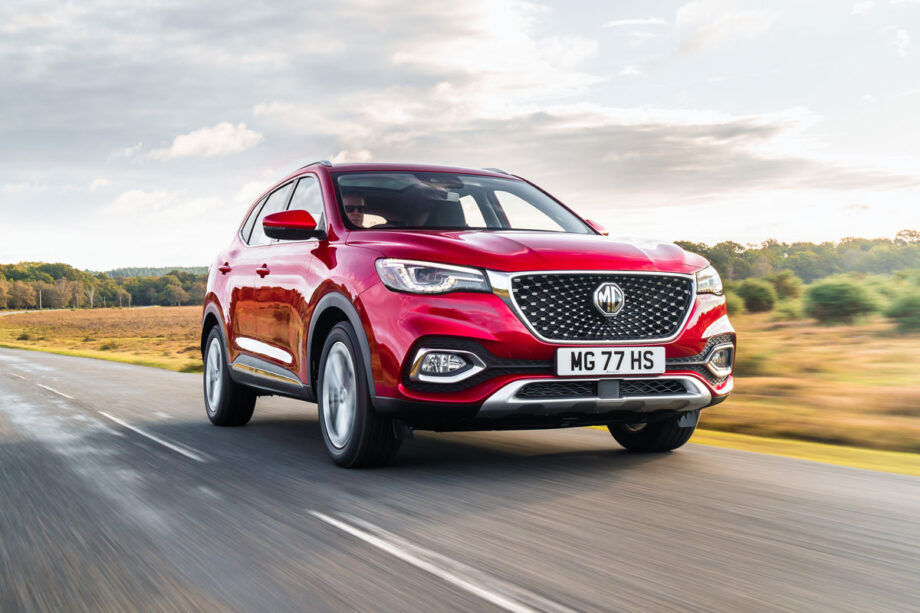
Fuel Economy: 7.3 – 9.5L/100km
Price: From $29,990
MG really has made a mark since its rebirth and re-introduction Down Under. Notably, their capable MG3 hatchback has become Australia’s best-selling hatchback – but the HS is an even better car and while not the best mid-size around, it’s by no means at the bottom of the pile. For starters, it’s incredibly affordable, with the top of the range Essence X setting you back a smidge over $42,000 before any add-ons. But you already get heated leather seats and a sunroof, as well as MG’s Pilot safety suite of technologies (standard across the entire range) included.
There are four trim levels to choose from: Core, Vibe, Excite and Essence, all of which get a 1.5-litre turbo petrol engine as standard, with the Excite and Essence also getting the option of a 2.0-litre turbo-powered unit too. Naturally, the 1.5-litre engine can sometimes feel a little underpowered, especially when installed in a 5-seat mid-size, so if you can stretch to the 2.0-litre, we’d recommend it. As for the interior, don’t think the Core is a purely basic vehicle. It gets a generous amount of equipment as standard, although those looking for a little more luxury will want to look higher up the range.
If you’re in the market for a mid-size and automatically feel compelled to buy from one of the more established brands, we’d recommend at least test-driving the MG HS. You could save yourself a shedload of cash.
Pros:
- Incredible bang for your buck
- Great safety aids
Cons:
- Lacks the refinement of competitors
- Bigger engine, please
Best Family SUV
Volkswagen Tiguan
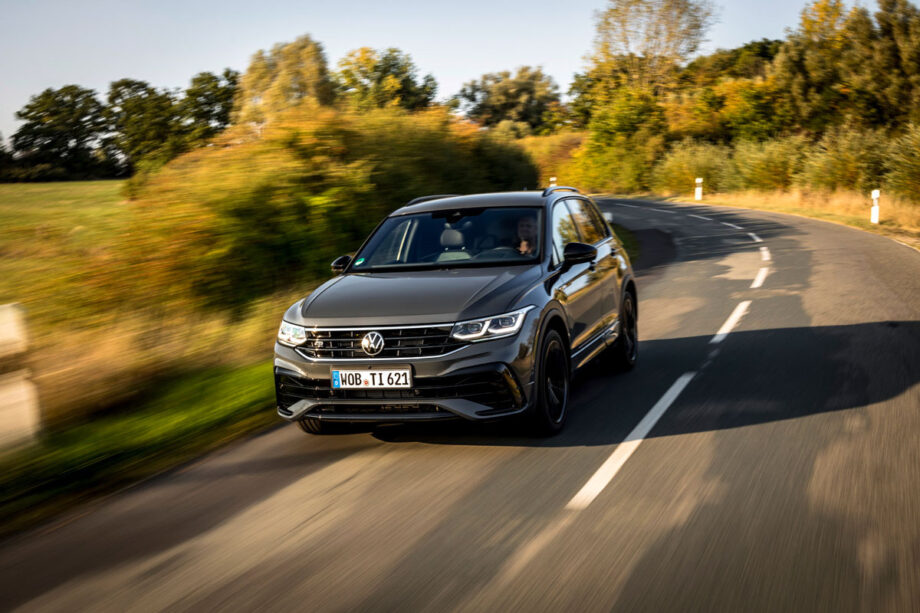
Fuel Economy: 7.1 – 8.1 L/100km
Price: From $39.690
The Volkswagen Tiguan is easily one of the most underrated cars on the market right now. It’s incredibly easy on the eye for a start, and even though many won’t admit, looks do indeed count when making a purchasing decision. With looks out the way, the next thing we expect most people will look at is the price. While the very latest 2021 Tiguan has increased some $10,000 over its predecessor, VW has made some big changes to the interior cabin, and if you’re upgrading, you’ll see where that extra money is being spent.
There are still four models to choose from, although they’ve been made much simpler: the 110TSI (1.4-litre) and 132TSI (2.0-litre) Life variants bring 110kW and 132kW of power, respectively, with the former getting 2-wheel drive and the latter all-wheel drive. The 162TSI Elegance and R-Line models up the power to 162kW and all-wheel drive, and there’s now the addition of a diesel-powered unit in the 2.0-litre 147TDi R-Line. This too gets VW’s 4MOTION all-wheel-drive system, which will keep you planted on the ground no matter the terrain thanks to a dial positioned next to the gear lever that lets you adjust settings for various terrain types.
Although, we imagine most buyers will stick to the safety of tarmac for the most part, which is where the Tiguan can really come into its own. A comfortable, reliable and powerful SUV, what could be better? For those wanting some extra space, a seven-seat Tiguan Allspace is due to launch in 2022, along with a hybrid-powered model and a super quick Tiguan R.
Pros:
- One of the most complete packages in its class
- Competitive price
Cons:
- Iffy transmission
- Uninspiring exterior aesthetics
Best Hybrid SUV
Toyota RAV4
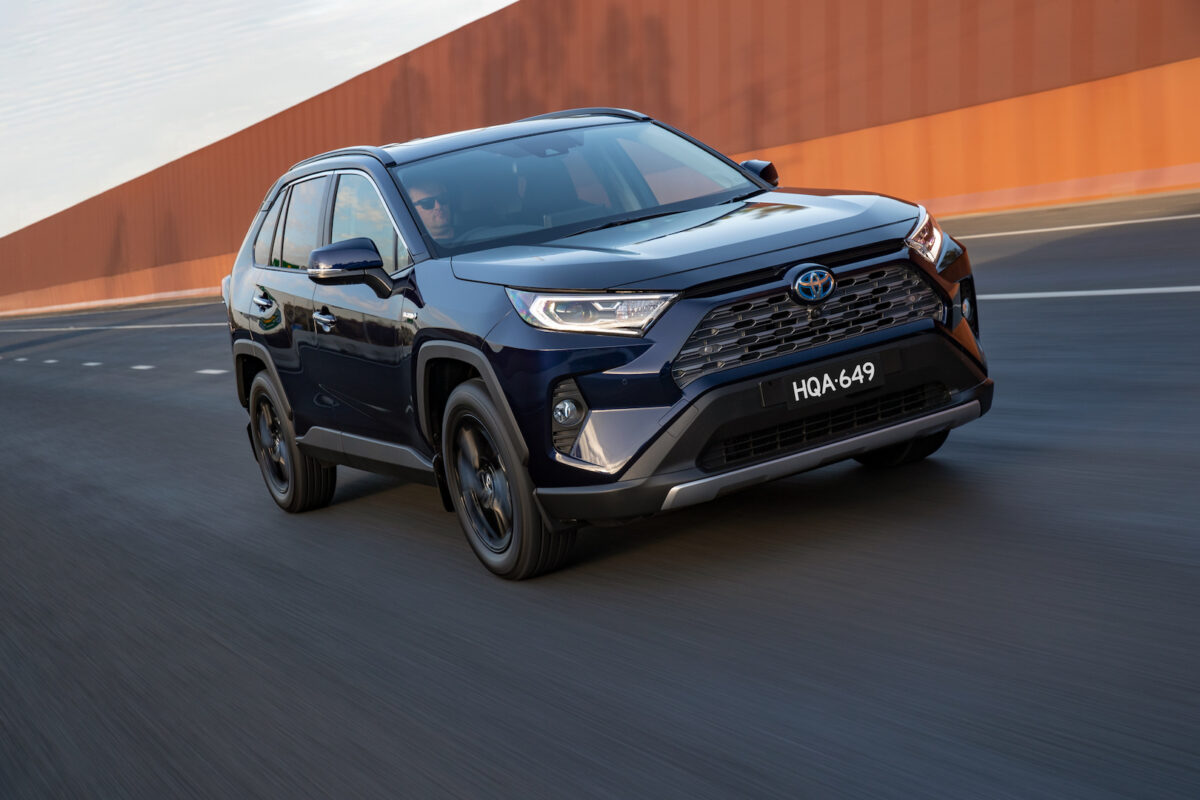
Fuel Economy: 4.7 – 7.5 L/100km
Price: From $36,490 Drive Away
The Toyota RAV4 is currently the best-selling SUV in Australia, thanks to a wide choice of engine options, trim levels and notorious Toyota reliability – but the hybrid options are by far the most popular. With four petrol-powered units and three hybrids, the majority of which are mated to an eight-speed CVT automatic gearbox, and with all-wheel drive being available on select trim levels, the RAV4 is the perfect car to not only get around town thanks to its easy-to-manoeuvre dimensions, but it’s pretty good off-road, too.
Choose one of the hybrids and you can expect a quiet driving experience at lower speeds, with the petrol power kicking in when you want to pick up speed. Since the petrol motor charges the batteries, and the batteries feed power to the electric motor, fuel consumption is kept incredibly low. Inside there’s bags of space for an entire family, and a generous amount of space in the boot for a weekend’s worth of luggage. Technology-wise you get Apple CarPlay and Android Auto as standard, although some may find the infotainment screen to be a little on the smaller side, but it’s still legible and works effortlessly.
Pros:
- Feels like a much more expensive, sporty car than it actually is
- Spacious interior, perfect for families
Cons:
- Petrol power can create a noisy cabin
- Hybrid technology could be seen as a little outdated
Best Sporty SUV
Porsche Macan
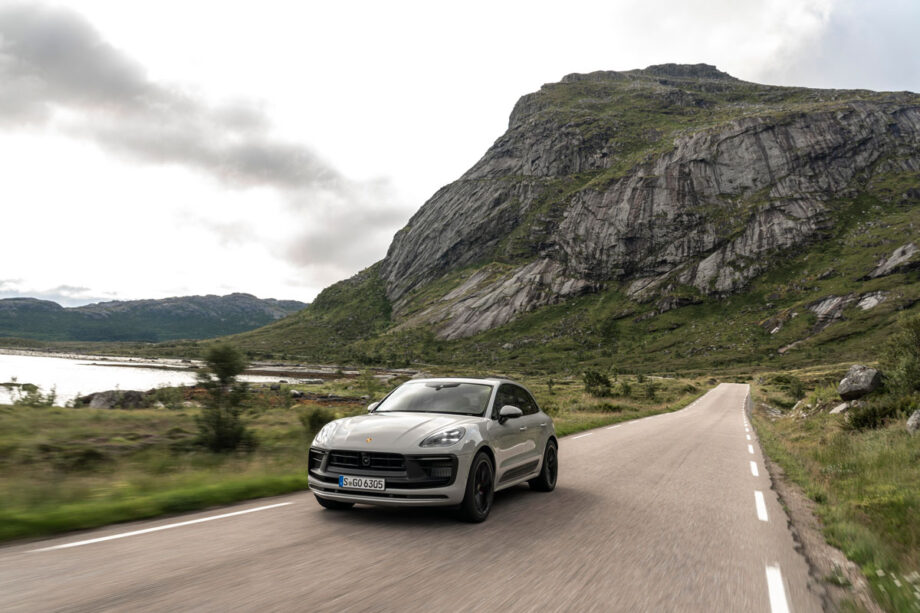
Fuel Economy: 8.9L/100km
Price: From $96,258 Drive Away
The Porsche Macan is one of the German marque’s best-selling vehicles, thanks in no small part to its rather affordable price tag (well, when you consider the badge that adorns it). It might be the cheapest new Porsche but it’s still a Porsche, and we all like the nice things in life, don’t we? There are three Macan models to choose from: the base Macan, mid-range Macan S, and the tarmac-chomping Macan GTS.
Being a Porsche, power is more than acceptable even in the base model, but those who do love to live life in the (very) fast lane will want to look at the S or GTS. All specs feature classically perfect Porsche handling: the Stuttgart marque has done some excellent work with the chassis, resulting in a rather weighty car being able to handle itself and not throw a wobbly with even the lightest press on the right pedal. It certainly helps that Porsche plonks the driver in a low driving position compared to some other cars, allowing you to feel more planted.
Standard equipment is solid, with virtually everything being powered: seats, tailgate etc, as well as Porsche’s rather excellent infotainment system. In true Porsche style, you get plenty of customisable options to choose from, including a generous selection of exterior and interior colours, alloy wheels and various other modifications to the chassis and overall ride. And, if you can afford it, definitely add the Burmester sound system, it sounds bloody marvellous.
Pros:
- Cheapest entry into the Porsche family
- Great driving dynamics
Cons:
- Not as practical as others in this segment
- Servicing will sting
Best Towing SUV
Toyota Land Cruiser 300 Series
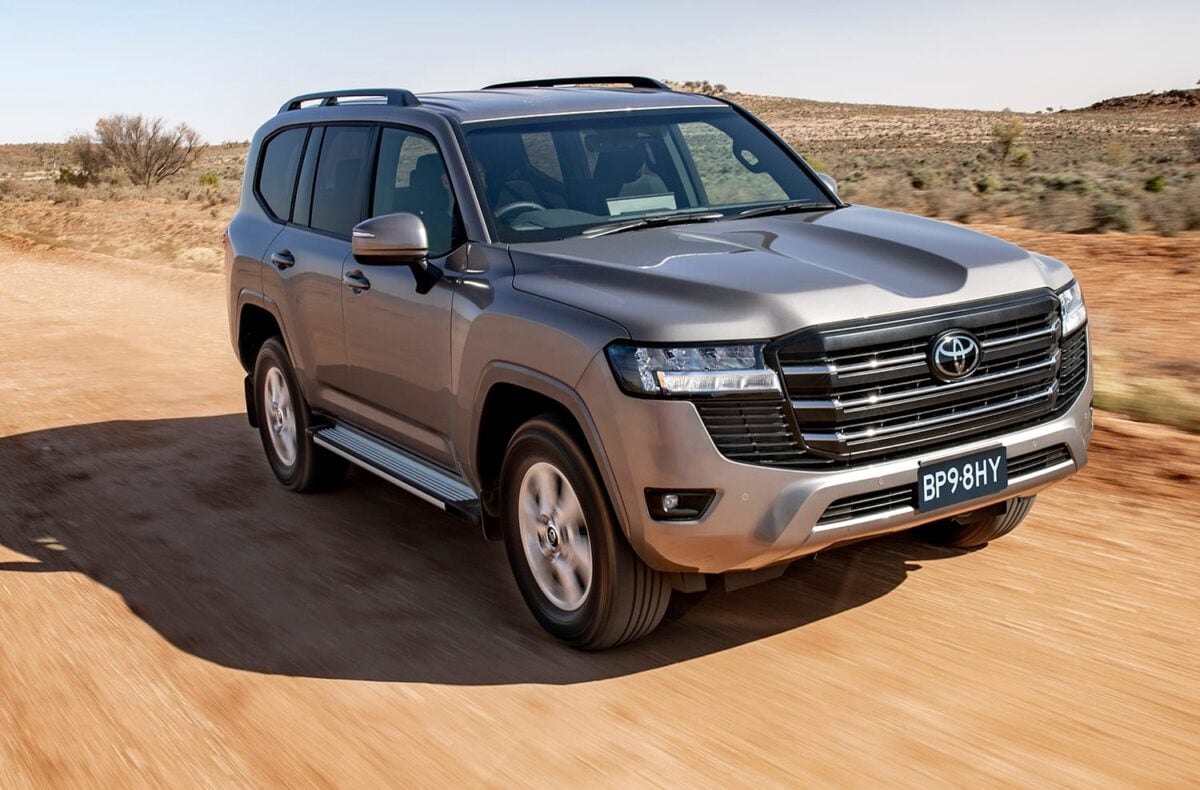
Fuel Economy: 8.9L/100km
Price: From $89,900 Drive Away
We’d be seriously remiss to make a list of the coolest 4x4s in Australia and not include the legendary Toyota Land Cruiser. The hardy 4×4 is one of Australia’s most popular vehicles of all time: capable, reliable and spacious, there’s little a Land Cruiser can’t do – and it’s particularly good at towing. While there’s might be a few examples of the long-lived 200 Series still on dealership lots right now, the all-new 300 Series is due to make its way Down Under in 2022 – something Aussies have been eagerly anticipating.
RELATED: Why Is Nobody Talking About James Bond’s $4,000 ‘No Time To Die’ Car?
There’s now only one engine and transmission option: a new 3.3-litre turbo-diesel V6, which makes 227kW and 700Nm, mated to a new 10-speed automatic transmission with permanent 4WD and low range. With a maximum braked towing capacity of 3500kg, unbraked towing capacity of 750kg and a payload capacity of 300-785kg (depending on tow weight and trim level), the 300 Series isn’t joking around.
Something that’s worth keeping in mind with the Land Cruiser is that the lighter and more basic trim levels actually have higher payloads than some of the more expensive, better equipped (and therefore heavier) trim levels. If you want to maximise towing and hauling capacity, it might mean forgoing some luxuries – but even the base-spec 300 Series is a pretty nice place to be.
Pros:
- Much more luxurious interior compared to outgoing models + the competition
- Legendary Toyota reliability – there’s a reason these are king of the bush
Cons:
- Payload capacity isn’t a big improvement previous-generation 200 Series
- No more V8 engine option
Best Luxury SUV
Range Rover Sport
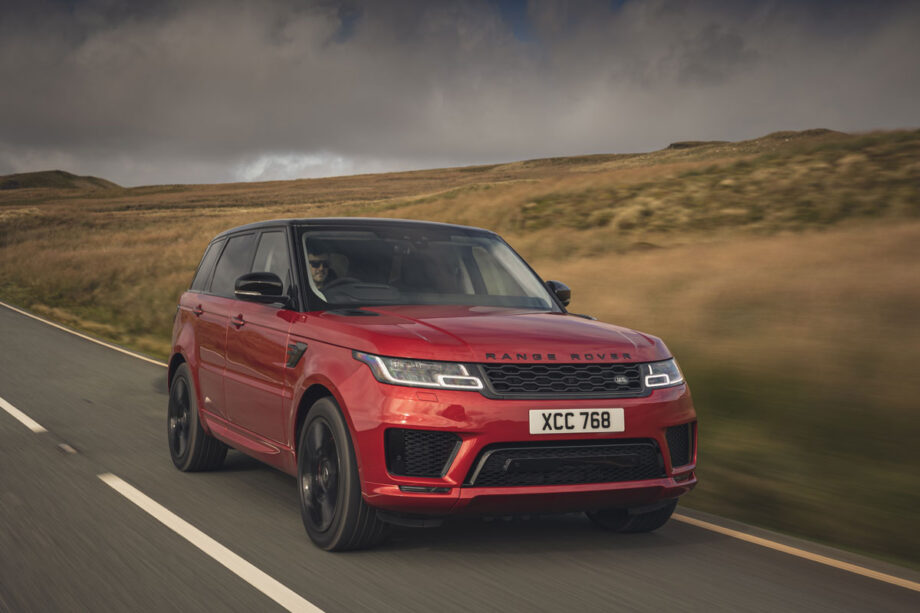
Fuel Economy:
Price: From $126,797 Drive Away
Think large luxury and your mind will almost always instantly think of the Range Rover Sport. The king in this segment, the Range Rover offers pretty much the best of everything such as power and practicality, with the go-anywhere off-road credentials that have made the Land Rover brand a household name. Naturally, that capability and pedigree come at a price, but there isn’t a great deal in the way of competition for it either.
The current Range Rover Sport is available in three trim levels: SE, HSE and Autobiography, as well as the fire-breathing SVR. Within these trim levels, you get a choice of engine options, ticking off petrol, diesel and there’s now even the option of a hybrid, which will help in some way to fight off Greenpeace protestors. The petrol unit is only a 2.0-litre 4-cylinder, which some may find a little strange for a car of this size, although because it’s turbocharged, it’s certainly no slouch. With a greater range of diesel models on offer, however, it’s clear where Range Rover expects to draw your attention.
Inside and it’s exactly what you’d expect from the brand. Luxury at every turn. There’s an incredible amount of space and you also get a good amount of kit as standard, including JLR’s new array of infotainment screens, and fortunately, Range Rover now includes Apple CarPlay/Android Auto as standard, having previously charged extra for the convenience. When building your own Range Rover Sport, you’re presented with an incredible selection of additional packs and options, many of which you’re probably going to want, so be prepared to see your final price skyrocket.
But, when it gets you one of the most capable vehicles on the road, allowing you to go pretty much anywhere you want, you may consider it to be money well spent.
Pros:
- Highly capable and rather practical
- Prestigious and luxurious
Cons:
- ‘The parts falling off my vehicle are of the finest British make!’
- The cultural cache of driving a Range Rover…
Best High-Performance SUV
Lamborghini Urus
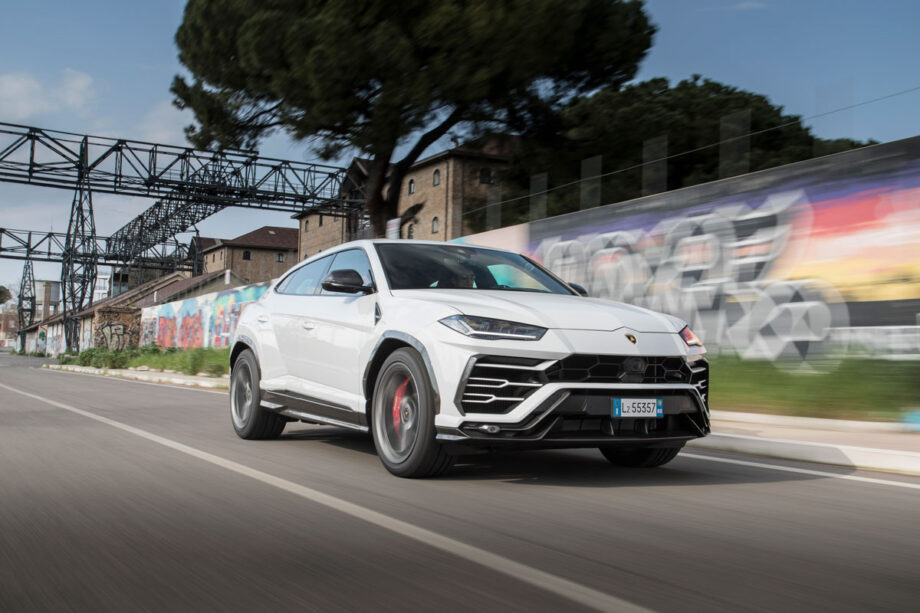
Fuel Economy: 12.7L/100km
Price: From $390,000 Drive Away
If you’re after a beast of an SUV that will turn heads wherever you go, get yourself behind the wheel of a Lamborghini Urus. One of the first supercar-like SUVs to be launched, it’s unmistakably a Lamborghini, thanks to its sharp, aggressive lines, but we’re glad the brand has done well to not simply put something like the Huracán on stilts. While it’s based on the VW Group platform, which is also used by Audi, Bentley and VW, Lambo has made some tweaks to give you supercar power in a relatively practical body. Oh, and it comes with a supercar-like price tag too.
It borrows Porsche’s 4.0-litre V8 twin-turbo engine, which Lamborghini has tuned, resulting in 478kW of power, taking it to 100km/h in under 4-seconds, putting it comfortably in supercar territory, despite weighing a great deal more. Lamborghini’s engineers have also done a stellar job when it comes to ride handling, as you can push the Urus to its limits, and it’ll give you stupid levels of grip, making it not only a, dare we say it, safe car to drive, but one that will keep a smile on your face the entire time.
Inside is a standard Lamborghini affair, with a jet-fighter style centre console, lashings of leather and Audi’s incredible infotainment system. You really do get what you pay for. And, while you can seat four people inside, it has to be said it’s not as practical as others on this list, yet costs a staggering amount more.
Pros:
- Imposing, sporty and aggressive
- Shockingly good performance
Cons:
- Highly impractical and expensive, compared to other luxury SUVs.
There you have it. The best SUVs in Australia to buy this year.
Read Next
